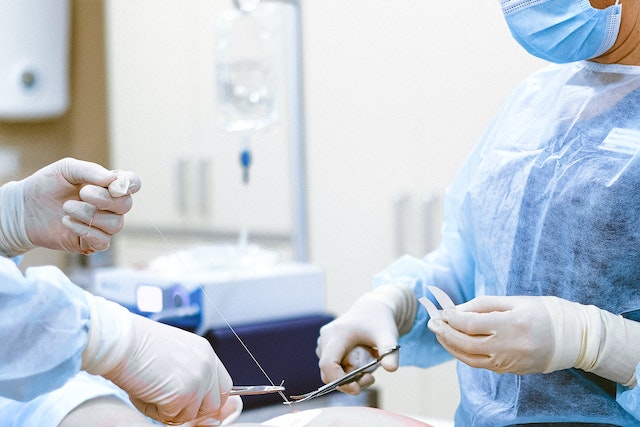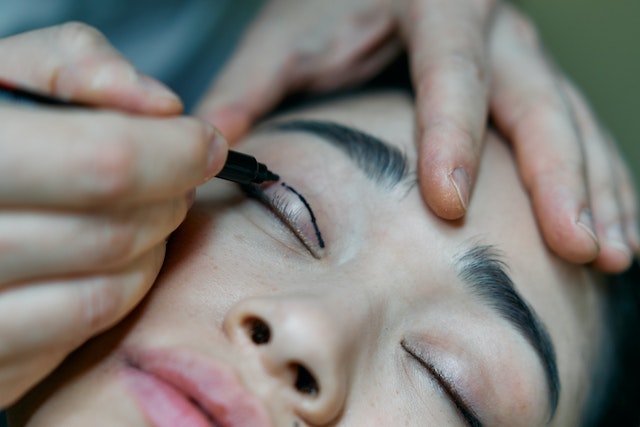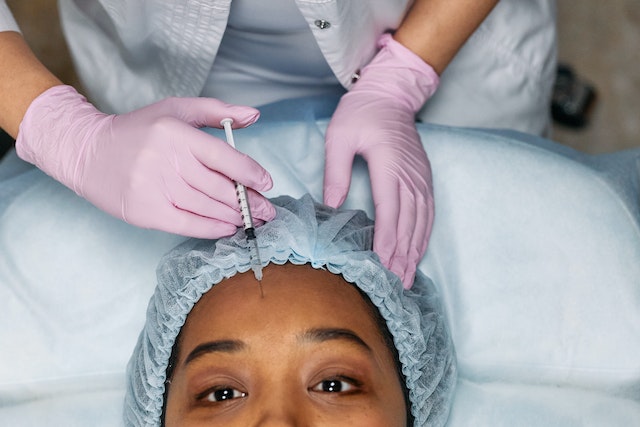Tips for Researching and Selecting Plastic Surgeons in a New Area
Relocating to a new area brings many obstacles, not least among them finding healthcare professionals you can trust. If you’re considering cosmetic procedures, selecting plastic surgeons in a new area can be particularly intimidating. This guide will walk you through the steps to make sure you make an informed decision.

Understand Your Needs
Before you begin your search, you must have a clear understanding of what you’re looking for. Are you interested in a specific procedure like rhinoplasty or breast augmentation? Or are you seeking a surgeon with a broad range of expertise in plastic surgery? Knowing your requirements will streamline your research process.
Likewise, consider your long-term goals and how the surgery fits into your overall health and lifestyle. It’s also helpful to be aware of any medical conditions that may influence your choice of surgeon or procedure. This clarity will narrow down your options and help you communicate more effectively with potential surgeons.
Start with Online Research
The internet is a powerful tool for initial research. Look for plastic surgeons in your new area and check their websites. Pay attention to their qualifications, experience, and the types of procedures they offer. While browsing, make note of before-and-after photos, patient testimonials, and any pertinent information about their practice.
It’s also beneficial to explore their social media profiles and any online forums where their name or practice is mentioned. This can provide a broader view of their online presence and reputation. Remember that plastic surgery trends differ across regions, so if you have relocated to the US internationally, you might need to do additional research to understand these differences.

Begin with online research
Check Credentials
When selecting plastic surgeons in a new area, verifying credentials is non-negotiable. Ensure the surgeon is board-certified by reputable organizations such as the American Board of Plastic Surgery. Board certification indicates that the surgeon has undergone rigorous training and adheres to high standards of practice.
Look into any additional certifications or memberships in professional societies, as these can be indicators of a surgeon’s commitment to their field. It’s also prudent to check if there have been any disciplinary actions or malpractice claims against the surgeon. This information is usually available through state medical boards or online databases.
Read Reviews and Testimonials
Patient reviews and testimonials offer valuable insights into a surgeon’s skill and bedside manner. However, remember that every patient’s experience is unique, and what works for one person might not work for another. In addition to reading reviews, consider reaching out to past patients if possible. Some may be willing to share their experiences in more detail.
Look for patterns in reviews, such as comments on professionalism, results, and post-operative care. Be wary of uniformly positive or negative reviews, as they might not give a balanced view of the surgeon’s practice. Real, varied patient feedback can be one of the most reliable guides in your decision-making process.
Seek Referrals
Word-of-mouth referrals can be incredibly helpful when selecting plastic surgeons in a new area. If you’ve moved for a job, ask new colleagues if they can recommend a plastic surgeon. Local online community groups and forums can also be great resources for honest feedback.
Don’t forget that friends or acquaintances who have undergone similar procedures can provide personal insights into their experiences. These firsthand accounts are invaluable as they often reveal aspects of the surgeon’s practice that you won’t find on a website or professional profile.

Look for legitimate referrals, ideally from friends or coworkers
Consult Healthcare Professionals
Don’t hesitate to ask your primary care physician or local healthcare providers for recommendations. Medical professionals often have networks extending into various specialties, including plastic surgery. They can provide referrals based on their professional interactions and the feedback they’ve received from other patients.
What’s more, your primary care physician, understanding your health history, can suggest surgeons who are best suited to your specific needs and conditions. It’s also beneficial to consult with local dermatologists or aestheticians as they frequently collaborate with plastic surgeons and can offer insights based on their professional experiences.
Schedule Consultations
Once you’ve narrowed down your list, schedule consultations with several surgeons. This is your opportunity to meet them in person, ask questions, and get a feel for their practice. Remember, consultations are not just for the surgeon to assess your suitability for a procedure; they are also for you to evaluate the surgeon’s approach and demeanor. These meetings are important for building trust and deciding if you are comfortable with their communication style, understanding of your needs, and overall approach to patient care.
Assess the Facility
Pay attention to the cleanliness and organization of the clinic. Is the staff friendly and accommodating? A well-run practice can indicate the quality of care you’ll receive. Observe how the staff interacts with patients and each other, as a positive workplace often translates to better patient care.
Inquire about the surgical facilities where the procedures are performed. It’s important to know if they are accredited and equipped with the latest technology, as this can significantly impact the safety and success of your procedure.

Assess the facilities when selecting plastic surgeons in a new area
Consider the Surgean’s Aesthetic Sense
Plastic surgery is as much an art as it is a science. Look at the surgeon’s portfolio of work to ensure their aesthetic sense aligns with your goals. Do their results look natural? Are there any before-and-after photos that resonate with your desired outcome?
Understanding the surgeon’s aesthetic approach is imperative, as it should match your vision and expectations. Consider whether their style is subtle or more transformative, and decide what aligns best with your objectives. It’s also worthwhile to ask if the surgeon has experience with patients of similar age, gender, and body type to yours, as this can influence the results.
Relocating for Cosmetic Surgery
In many cases, finding the right plastic surgeon might even lead you to consider relocating, at least temporarily. Take, for instance, a long distance move to LA, a city renowned for its top-tier plastic surgeons. Such a move, especially when it’s for a purpose as important as a surgical procedure, calls for meticulous planning and execution. This is where you should avoid a DIY move and definitely leave it to a skilled team. Entrusting the logistics of your relocation to professional movers can significantly reduce the stress and complexity of the move.
Just as you would carefully select a plastic surgeon, choosing the right moving company for your LA move is equally decisive. They can handle the logistics of your move, allowing you to focus on your upcoming procedure and healthcare needs. Entrusting the moving process to experts will leave you with one less thing to worry about, warranting a stress-free transition to your new home and the next step in your cosmetic surgery journey.
Start Researching and Selecting Plastic Surgeons in a New Area
Selecting plastic surgeons in a new area requires thorough research and careful consideration. Understanding your needs, doing your homework, and listening to your instincts can do wonders for making a confident decision. The right plastic surgeon is out there, and with a bit of effort, you’ll find a professional who can help you achieve your aesthetic goals.



















